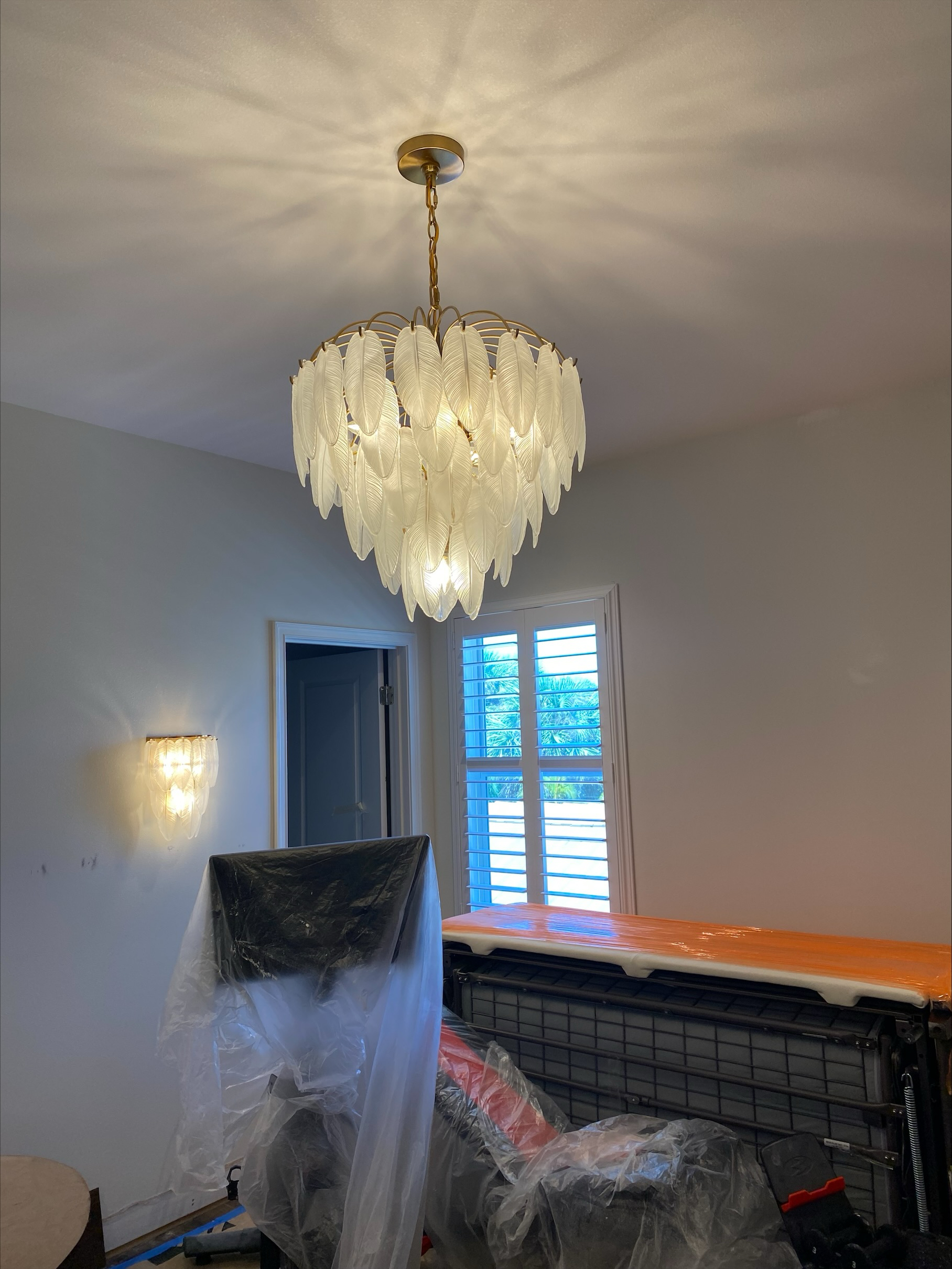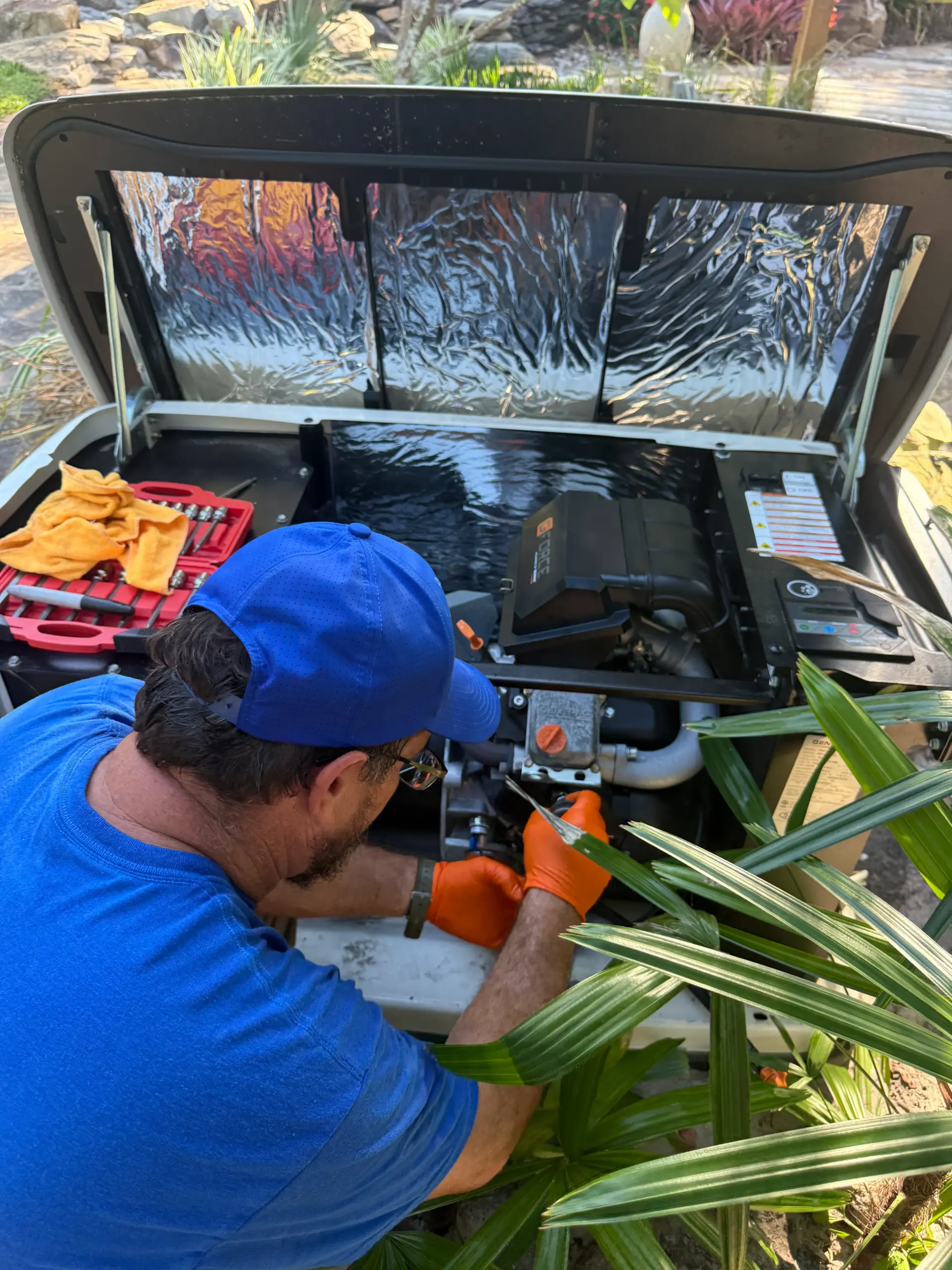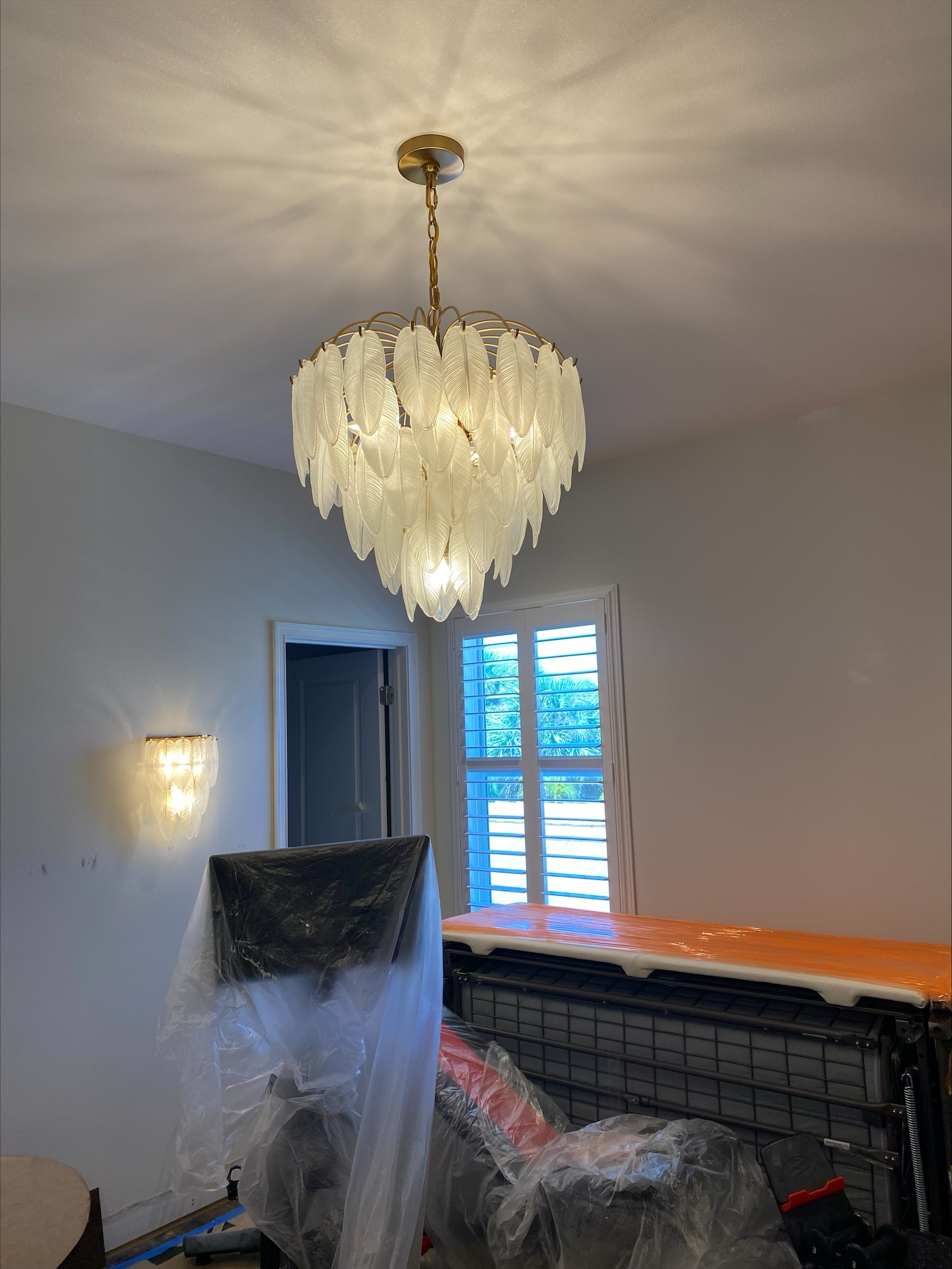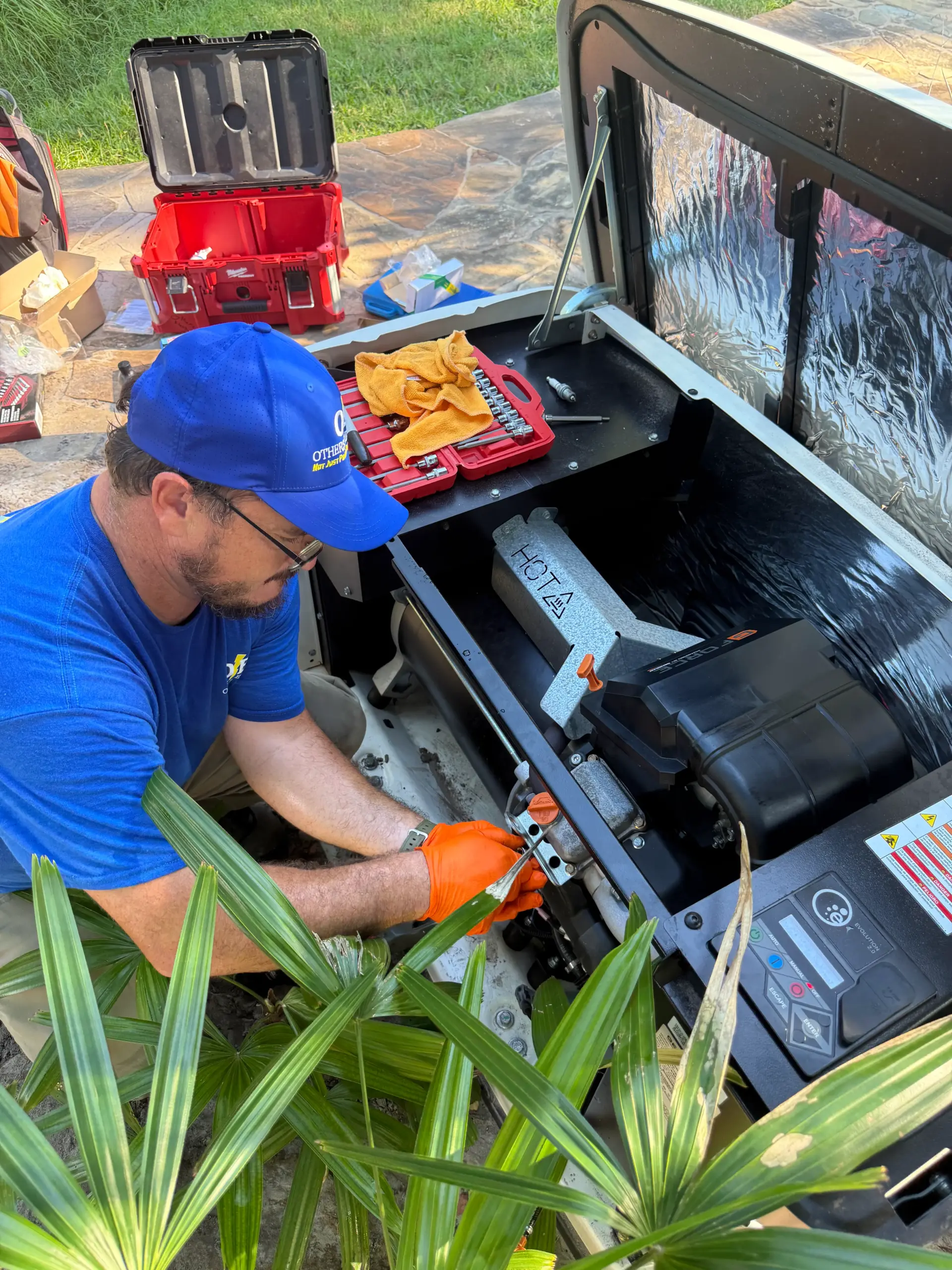Extension cords are some of the most widely used yet frequently overlooked electrical accessories in homes, offices, and industrial settings. Whether you’re powering a holiday display, running tools in the garage, or operating medical equipment in a clinic, extension cords are everywhere. But despite their utility, these cords come with significant safety responsibilities. That brings us to the essential question: how often should extension cords be inspected?
In homes along Florida’s East Coast—where humidity, salt air, and storm-related power disruptions are frequent—extension cords often serve as quick fixes or long-term solutions. However, improper use or poor maintenance of extension cords can pose serious fire and shock hazards. Knowing how often you should inspect them, and what to look for during an inspection, is essential for maintaining electrical safety.

Why Regular Inspection Matters
Understanding how often should extension cords be inspected begins with recognizing why inspections are necessary at all. According to the National Fire Protection Association (NFPA), damaged or misused extension cords are a common cause of household and workplace fires. Frayed insulation, exposed wires, and overloaded cords are silent threats that may go unnoticed—until it’s too late.
Extension cords are not meant to be permanent solutions. They are designed for temporary power needs, and over time, even high-quality cords degrade. In Florida’s climate, that degradation can occur even faster due to UV exposure, salt air corrosion, and moisture.
Routine inspection isn’t just a suggestion—it’s a key part of any safe electrical maintenance program. The more regularly a cord is used, the more frequently it needs to be checked. Whether it’s a heavy-duty outdoor cord or a slim indoor power strip, no extension cord is immune to wear.
Recommended Inspection Frequency
So, how often should extension cords be inspected? The general recommendation by safety organizations like OSHA and the Electrical Safety Foundation International (ESFI) is that cords should be visually inspected before each use. For extension cords in commercial or industrial environments, this is not only best practice—it’s often required by safety compliance standards.
In residential settings, cords used occasionally should be inspected at least once a month, especially if they are stored outdoors or exposed to extreme temperatures. Extension cords used daily—such as those powering appliances, computers, or entertainment systems—should be checked weekly or even more often.
Frequent inspection becomes even more important in households where children or pets are present. Chewed cords or those pinched under furniture can develop faults quickly. Simply taking 30 seconds to check for visible signs of wear can prevent costly damage and potential injury.
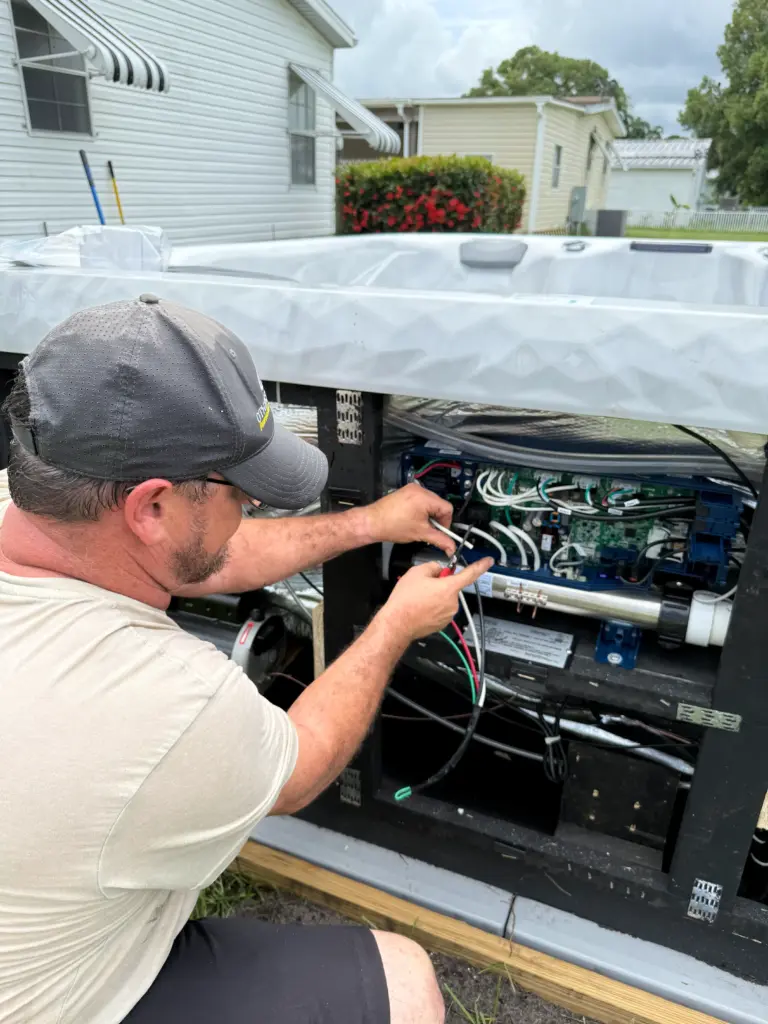
What to Look For During Inspections
Understanding how often should extension cords be inspected goes hand-in-hand with knowing what to check. Look closely at the entire length of the cord, including the plug ends. Common warning signs include:
- Cracks or splits in the insulation
- Frayed or exposed wires
- Burn marks or discoloration
- Loose prongs or bent blades
- Stiffness or brittleness in the cord jacket
- Warm or hot spots after minimal use
In addition, cords that have been repaired with electrical tape or other makeshift solutions should be retired and replaced. Repairs may not meet safety standards and can fail without warning.
One often overlooked inspection point is the outlet or device the cord is connected to. Faulty outlets can contribute to overheating and increase the risk of damage. If you notice a cord consistently feels warm at the plug, the issue may not be the cord—it could be the receptacle.
Environmental Factors in Florida
If you’re located in Florida, especially along the coastline, knowing how often should extension cords be inspected becomes even more critical. Heat, salt air, and sudden weather shifts create a uniquely harsh environment for electrical gear.
Moisture can seep into poorly shielded extension cords and cause internal corrosion, even if no damage is visible on the outside. Salt can build up around plug connections, reducing conductivity and causing overheating. UV exposure from intense sunlight can dry and crack even high-grade outdoor-rated cords over time.
These regional challenges make it smart to err on the side of caution. Cord inspection should be integrated into your hurricane season prep, your seasonal home maintenance, and your day-to-day power safety routine.
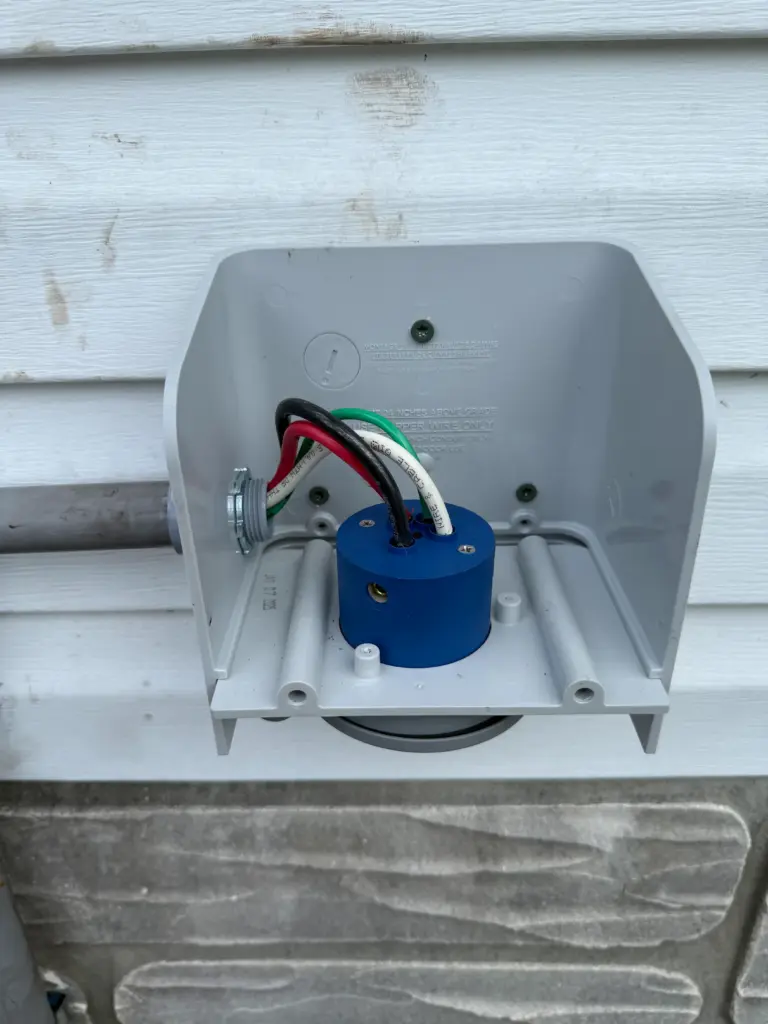
The Role of Surge Protectors and Extension Cords
It’s also important to note that extension cords are often used in conjunction with surge protectors. When these devices are paired together without proper planning, they can create a hazardous electrical setup. Many homeowners are unsure about whether this practice is safe. If you’re wondering whether it’s a good idea to plug one into the other, we recommend reading this in-depth guide on surge protectors and extension cords that breaks down the risks and considerations.
When used together, surge protectors and extension cords can easily exceed electrical limits if not properly matched for amperage and load. During inspections, check whether the cords and surge protectors are rated for the devices connected to them. Avoid daisy-chaining surge protectors or using cheap, non-grounded cords in any setup involving electronics.
In some cases, improper usage can lead to electrical fires or equipment damage that wouldn’t have occurred with direct wall outlet use. This makes regular inspection not just a best practice—but a critical one.
When to Retire a Cord
No matter how durable a cord claims to be, it has a finite lifespan. The more frequently it’s used, flexed, or coiled and uncoiled, the more likely it is to degrade. If a cord is more than five years old and sees regular use, it should be evaluated more critically.
Understanding how often should extension cords be inspected also means knowing when to say goodbye. If you have any doubt about a cord’s safety, replace it. The cost of a new extension cord is minimal compared to the cost of fire damage, data loss, or injury.
Even cords stored in garages or sheds may deteriorate from environmental exposure over time. If a cord looks aged—even if it hasn’t been used in months—it deserves a full inspection before plugging it in.
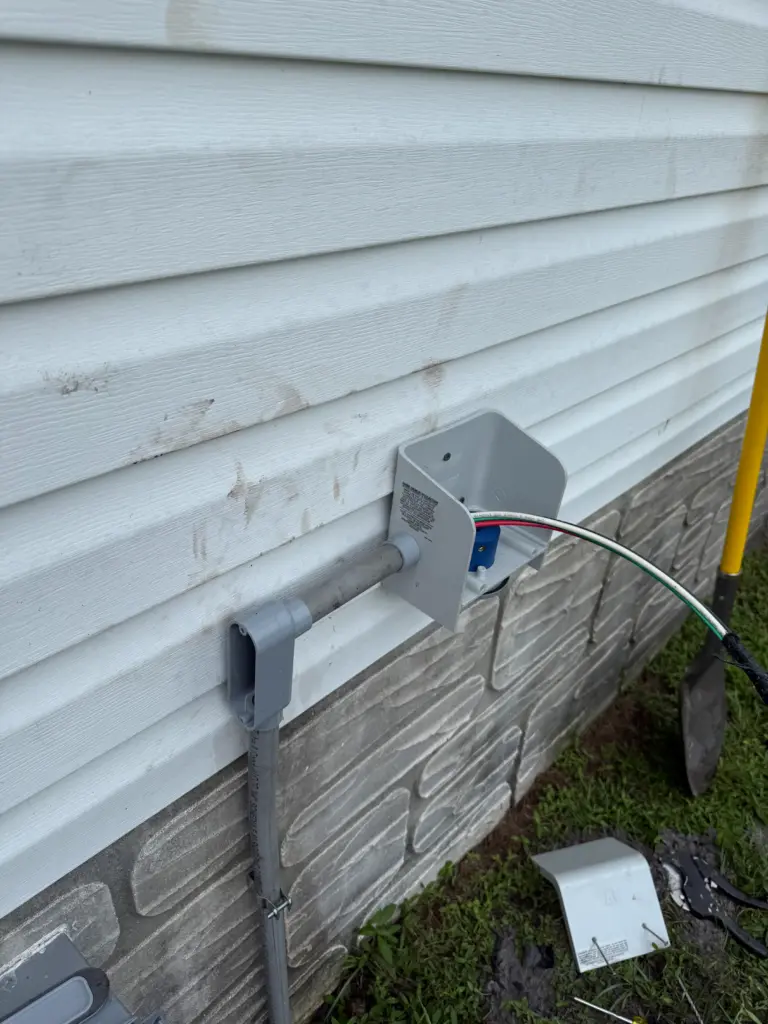
Professional Evaluation and Long-Term Safety
For those who use extension cords in critical applications—such as for medical equipment, high-value electronics, or large appliances—it may be worth having your system evaluated by a licensed electrician. Extension cords should never be used as a substitute for permanent wiring. If you find yourself regularly relying on them, it might be time to add outlets or install dedicated circuits.
Professional electricians can help you assess the safety of your home’s power usage and suggest upgrades that eliminate the need for risky temporary solutions. Surge protection systems, upgraded panels, and outdoor-rated receptacles are all part of a safer, more permanent setup.
If you’re unsure about the safety of your extension cord usage or need to discuss alternatives, Others Electric offers full residential and commercial services across Florida’s East Coast. Their licensed electricians can inspect your home setup, recommend improvements, and make your electrical system more reliable.
Conclusion
So, how often should extension cords be inspected? The safest answer is: before every use—especially in high-use, outdoor, or humid environments like Florida. Monthly or weekly checks are a practical minimum for residential use, and industrial cords should be monitored even more frequently.
Inspections don’t need to be complicated. A few moments of observation can prevent overheating, fires, shocks, and equipment damage. But inspections are only effective when done consistently—and followed by proper action.
If your inspection reveals damage, wear, or potential hazards, don’t take chances. Replace the cord, or better yet, evaluate whether permanent wiring is a safer long-term solution.
Stay proactive, stay protected, and remember: safety starts with attention to the smallest details.


